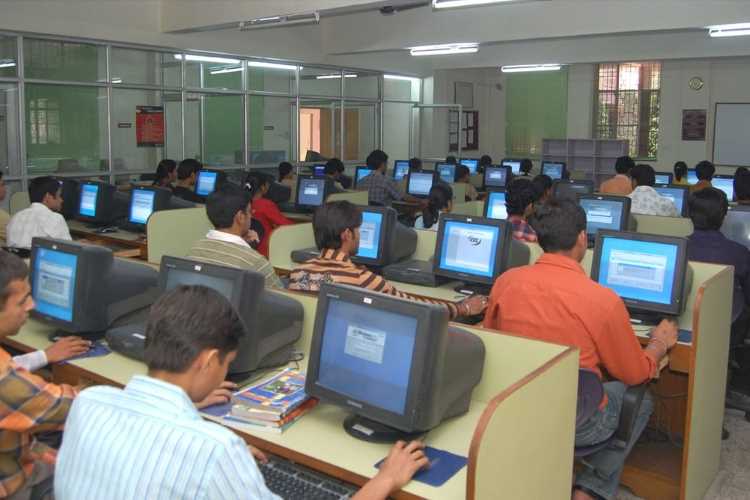
India’s official employment numbers released by EPFO paint a positive picture, with the number of new formal jobs increasing for the third consecutive month in June to touch a nine-month high. While this indicates a sustained recovery in the labour markets during the first quarter of financial year 2023-24, concerns are emerging due to growing criticism of how India calculates employment. Questions are being raised about whether the numbers released by the Employees’ Provident Fund Organisation should be accepted at face value. Economists have already criticised the EPFO monthly data, asserting that it only captures a small portion of formal sector employment.
According to the latest payroll data released by the EPFO, the number of new monthly subscribers under the employees’ provident fund (EPF) increased by about 10% to 1,014,229 in June, up from 927,703 in May. Back in September 2022, 1,015,683 new subscribers were registered under the EPF. The proportion of women gaining employment also surged to 27.7% (281,078) in June, compared with 24.9% (231,187) in the previous month.
READ | India must diversify foreign trade partners, energy sources
Analysing payroll data on a state-by-state basis reveals that the highest net member additions occurred in five states: Maharashtra, Tamil Nadu, Karnataka, Gujarat, and Haryana. Combined, these five states accounted for around 60.40% of net member additions, contributing a total of 1.80 million members in June, reports the Union labour ministry.
What’s wrong with EPFO data
Challenges with employment data have come to the fore recently, with the International Labour Organisation (ILO) strongly urging India to update its definition of employment. The current Indian definition does not align with international standards, prompting international bodies to criticise the existing system. The ILO recommends adopting the standards established by the 19th International Conference of Labour Statisticians (ICLS-19) held in 2013.
ICLS-19 proposes two key recommendations: firstly, that employment data should rely on short-term measures, typically a 7-day measure, capturing employment during the preceding week. Secondly, it suggests that all forms of work should be measured, including unpaid work, but defines employment as engagement in producing goods or services for pay or profit.
Distinguishing between work and employment holds significant implications for measuring progress towards Sustainable Development Goals. Yet, there’s scepticism about the applicability of these recommendations to transitional economies like India, where a substantial portion of the population remains involved in agriculture, often supplemented by casual wage labour.
India’s substantial informal sector primarily engages in subsistence farming. Adopting the ILO-recommended definition poses challenges for countries like India, Nigeria, and Malawi, where a significant reduction in the proportion of the population considered employed is expected. This could result in a decrease of up to 50% in the number of individuals defined as employed under certain conditions, according to a study led by Isis Gaddis and her colleagues at the World Bank.
Furthermore, economists argue that despite an increasing population, especially within the working age range, India’s workforce or the number of employed individuals is not growing. Mahesh Vyas, managing director and chief executive of CMIE, highlighted this disparity, stating that employment generation has remained stagnant at slightly over 400 million over the past five years.
The EPFO data also fails to reflect the quality of employment, which remains persistently low in the country. While it is feasible to measure wages, determining what constitutes a low salary/wage is subjective. Many jobs in India offer poor compensation and are characterised by informal arrangements within unorganised sectors. The ILO even suggests that only “decent jobs” should be classified as employment. If the government were to apply the ILO’s criteria for decent jobs, the unemployment rate would likely rise.
Since April 2018, the National Statistical Office (NSO) has been releasing monthly employment-related statistics for the formal sector, covering the period from September 2017 onwards. This information is derived from the number of subscribers under three schemes: the Employees’ Provident Fund Scheme, Employees’ State Insurance Scheme, and the National Pension System.
Given the recent erosion of confidence in India’s statistical system due to instances such as MOSPI’s disavowal of its own poverty data and failure to invest in analytical capacity, it is imperative for the statistical system, including entities like CMIE, to collaborate with international organisations. This collaboration would help restore global trust and necessitates the adoption of best practices on a global scale.
